-
Wild Apollo’s Arrows. An illustrated introduction I

I Classic / Anti-Classic Decades before the French Revolution, a culture of intoxicating affects burst into the heyday of the Enlightenment, increasingly boosted by national-mythical and folkloristic enthusiasm. The cultural philosopher Johann Gottfried Herder compared its impact to the epidemic projectiles that marked the beginning of Homer’s battle epic Iliad. Terms such as the ‘Age […]
-
Wild Apollo’s Arrows. An illustrated introduction II

III Blind Visionaries –True Homers Paintings Gallery The dismantling of noble Homer had already begun in the 1730s, in the cultural-anthropological milieu of the Scottish Enlightenment, which was characterised by approaches based on early cognitive science and evolutionary theory. The atavistic portrait bust, which on a self-portrait of the Edinburgh barber and graphical chronicler John […]
-
Wild Apollo’s Arrows. An illustrated introduction III

V Companionship of the Afterlife. Departure to the Past Exhibit Gallery The mesmerist influence on the Romantic generation was highlighted ideal-typically by several heads of a book of portraits that Julius Schnorr von Carolsfeld, a main proponent of the Brotherhood of St Luke, created between 1816 and 1824 in Rome. Their gazes to the afterlife […]
-
The History of Press Graphics. 1819-1921.

Alexander Roob’s “History of Press Graphics. 1819-1921. The Age of Graphic Journalism” is out now. (Taschen Cologne, Hardcover, 24.6 x 37.2 cm). In over 600 pages, this far-reaching compendium presents press illustration and graphic journalism as a distinct and unique genre and a laboratory for developing avant-garde aesthetics. The images are largely taken from the […]
-
How they made an impact. A short selection of significant prints from the “History of Press Graphics. 1819-1921”
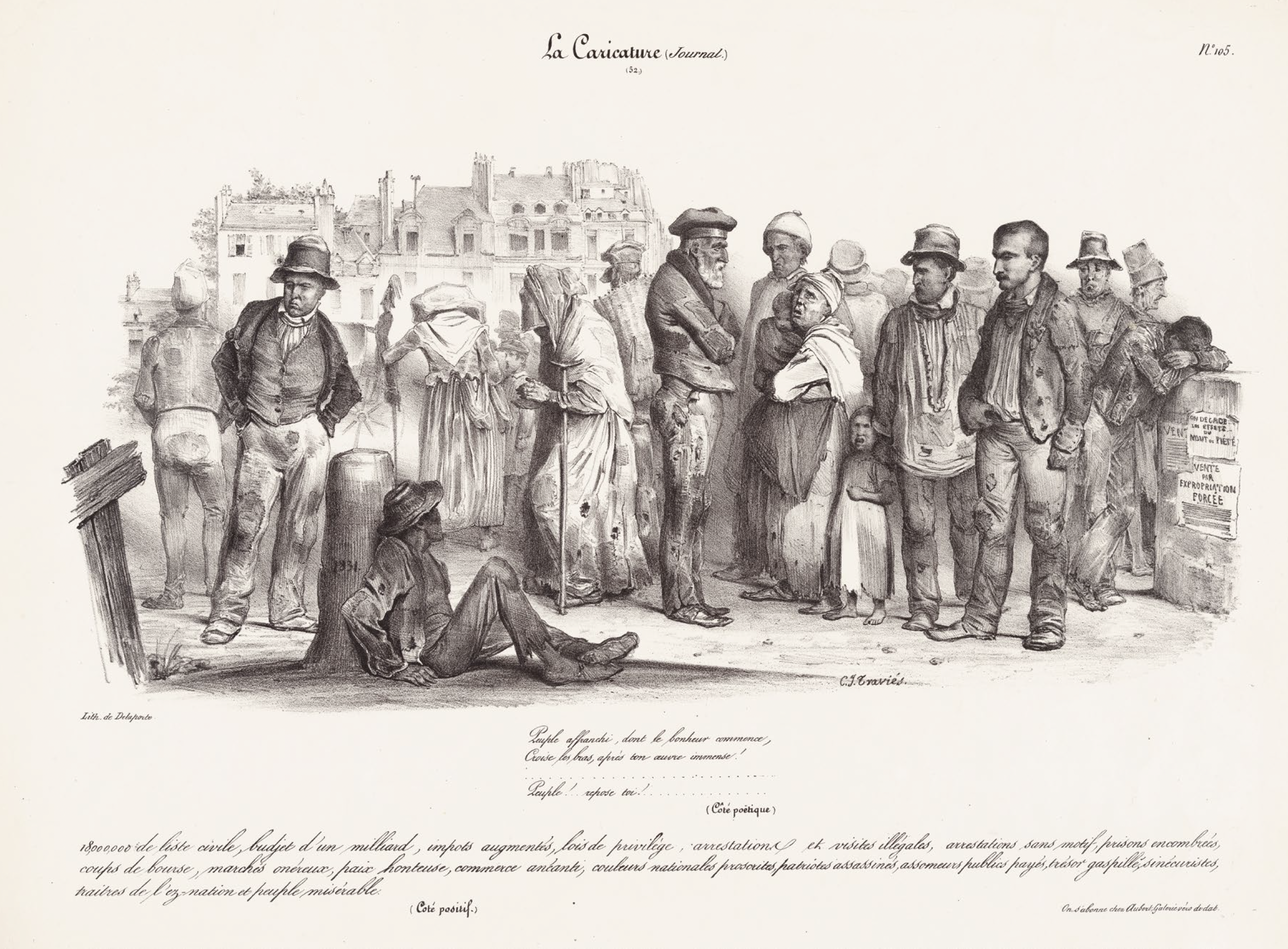
What sails here under the flag of caricature is nothing other than an early form of blunt and bleak social realism. The group makes a powerful and monumental impression, misery in the dimension of a history picture, and that’s exactly how it was meant to be. The publisher of La Caricature, Charles Philipon, like most […]
-
The Illuminated Myth of Mzona by Richard of Kédange (1802-1879). Part III
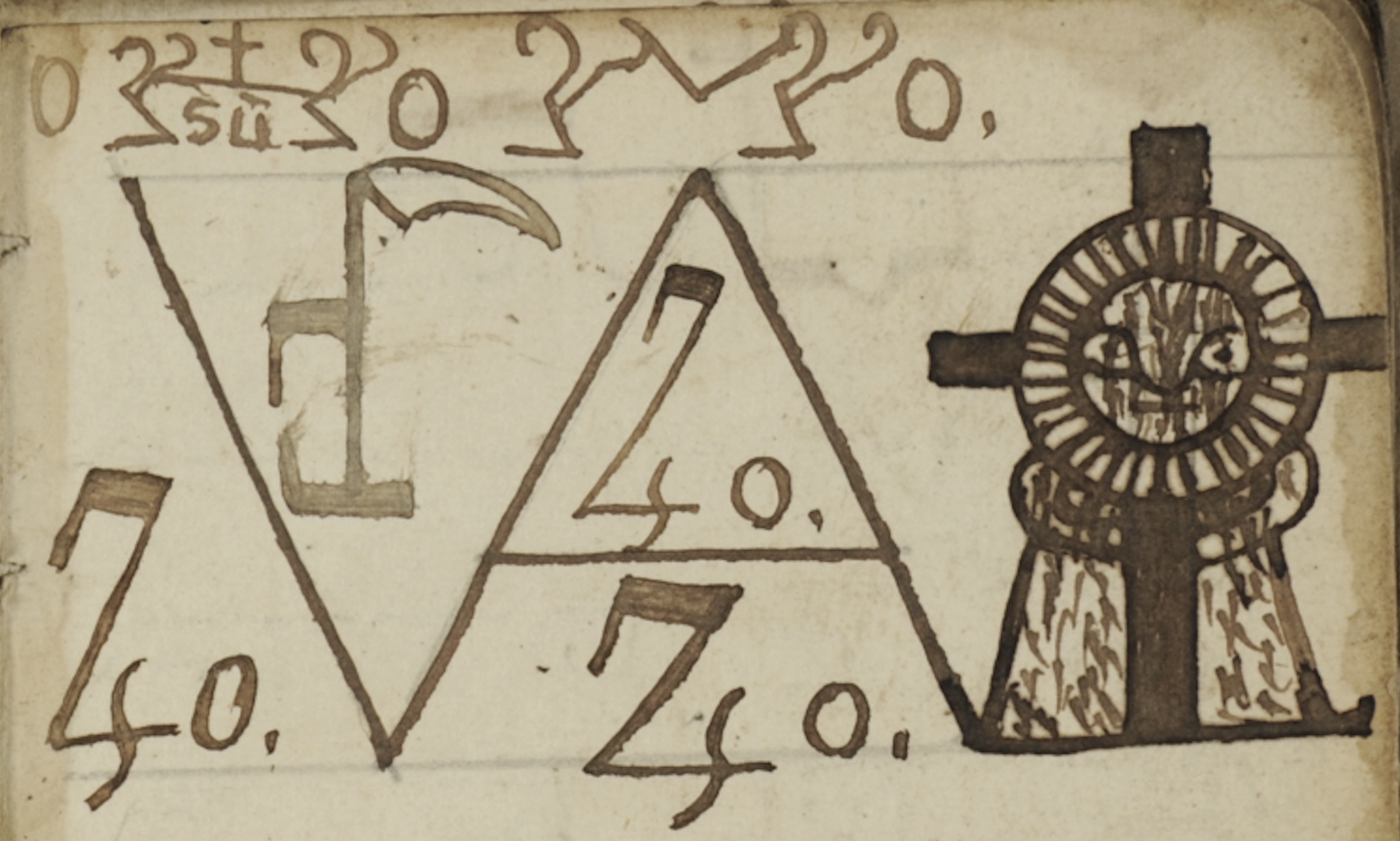
Heavenly Zo / INRI becomes ISO / Swabian and Lorraine Somnambulism Heavenly Zo Richard’s emblematic sexual symbolism originated in the theurgic Neoplatonic geometry of Alexandrian late antiquity and had found its way from there into Jewish mysticism and Hermeticism. The most famous example was the Seal of Solomon, the hexagram, which consisted in the interpenetration […]
-
The Illuminated Myth of Mzona by Richard of Kédange (1802-1879). Part II
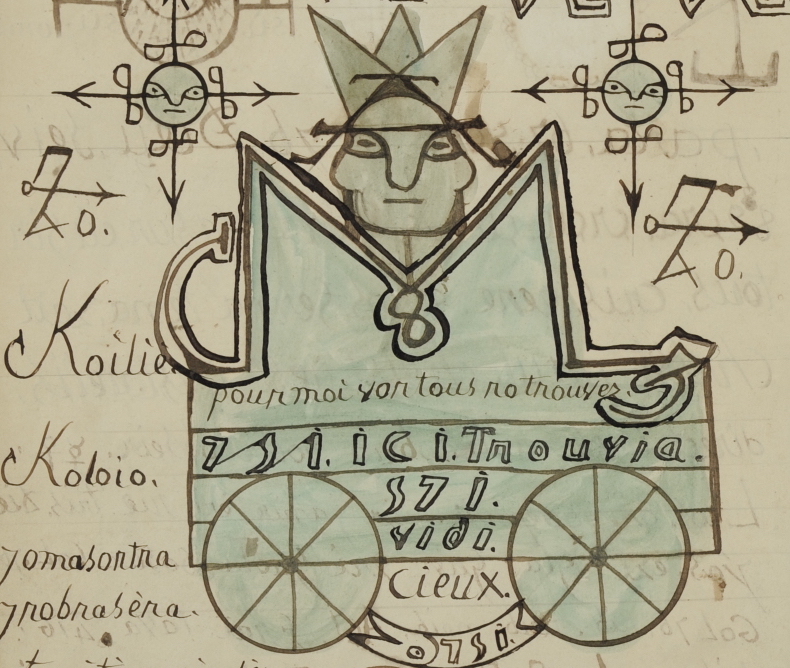
The Ichts / The Sator Arepo mechanism / Two Evas The Ichts When looking through these magic books, one is quickly confronted with the question of whether there was a system here that was comprehensible and decipherable, at least in parts, or whether it was an entirely idiosyncratic construct, a blooming nonsense, a crazy simulation […]
-
Der Letzte Mann (The Last Laugh), 1924. Lithograph series for the premiere of F. W. Murnau’s silent movie.
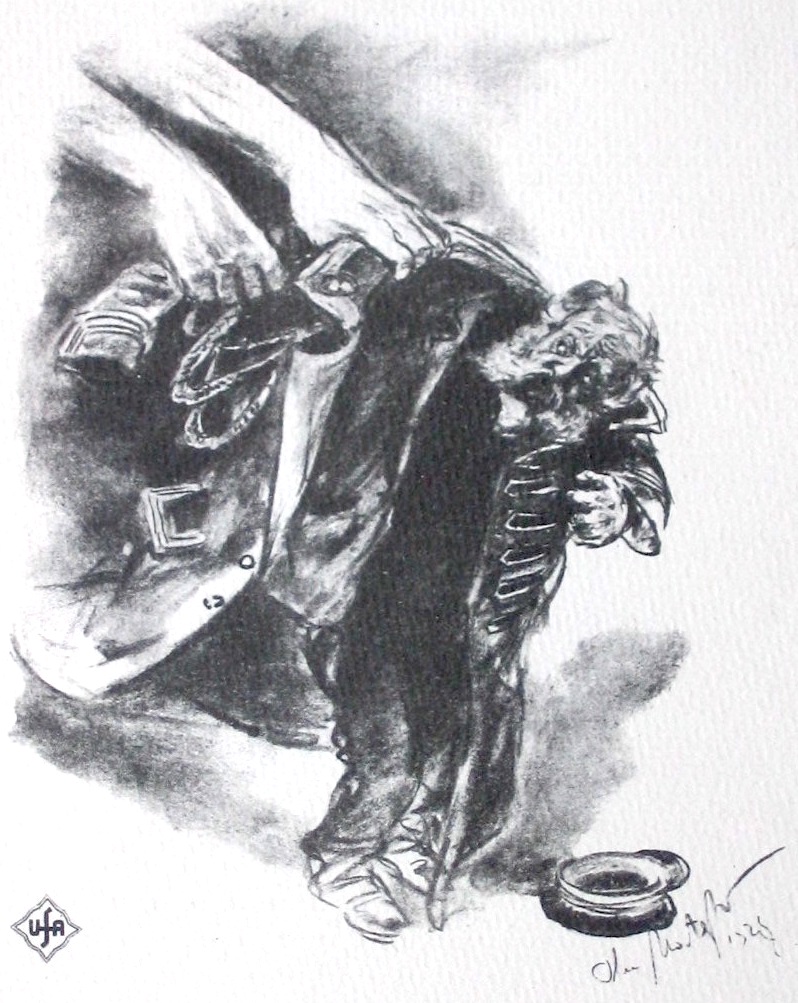
Theo Matejko’s dynamic and sensationalist style, which had a lasting influence on press graphic culture from the early 1920s onwards, was significantly influenced by cinematic views. The fact that he was commissioned by the UFA in 1924 to sketch the shooting of Murnau’s silent movie The Last Laugh (1924) underlines this connection. In this groundbreaking […]
-
Plädoyer fürs Abzeichnen. Der grafische Katalog “Ausstellen des Ausstellens”
Die große Sonderausstellung „Ausstellen des Ausstellens“ in der Kunsthalle Baden-Baden widmet sich der Geschichte der Kunstpräsentation bis heute. Ihren Ausgangspunkt nimmt sie bei den Vorläufern der modernen Museen, den Kunst- oder Wunderkammern der Barockzeit. Sie endet bei aktuellen kuratorischen Situationen, die auch im Stadtraum zu erleben sind. Die Konzeption knüpft an die institutionskritischen Vorstöße der […]
-
Nadar II: Journal pour rire 1848-51
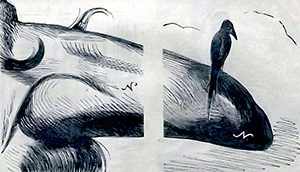
After Nadar had to cease his own magazine Revue Comique due to new censorship laws under the presidency of Louis Napoléon, he continued to work for Charles Philipon. In his quarterly pictorial review series for Philipon’s newly founded Journal pour rire, he also commented on the increasing severeness of police measures, which only shortly afterwards ended in […]